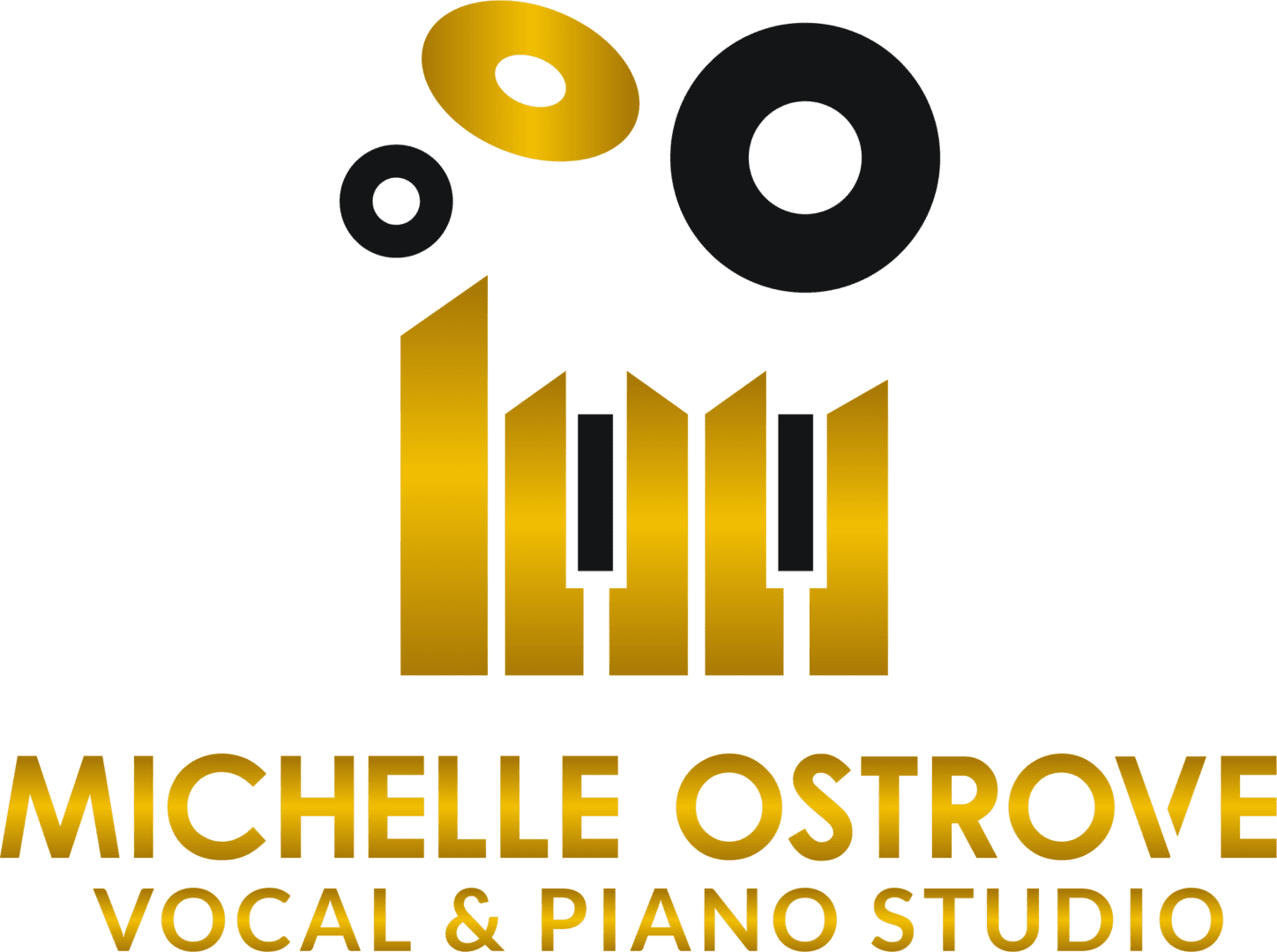Michelle Ostrove Vocal & Piano Studio
Singing is a beautiful and powerful form of expression. Whether you’re a professional vocalist or someone who simply loves to sing. Mastering your voice involves understanding and honing several key aspects of your singing. Here are the most important things to focus on when singing: Breath control is the foundation of good singing. Proper breathing techniques allow you to sustain notes, control dynamics, and avoid strain. Here are some tips to improve your breath control. Diaphragmatic Breathing: Practice breathing from…
Read MoreProjecting your voice effectively involves a combination of proper breathing techniques, vocal exercises, and physical posture. Here are some tips to help you project your voice: 1. Breath Control Diaphragmatic Breathing: Breathe deeply from you diaphragm rather than shallowly from your chest. Practice by lying down, placing a hand on your stomach, and making sure it rises and falls with each breath. Controlled Exhalation: Practice exhaling slowly and steadily to control your breath. This helps maintain a steady flow of…
Read MoreThe human voice is a marvel of nature, capable of conveying emotions, transmitting complex ideas, and connecting people across distances when you sing. At the heart of this remarkable ability lies the vocal tract. It is a sophisticated biological system that serves as the instrument through which we sing. Anatomy of the Vocal Tract The vocal tract is a complex structure comprising several interconnected parts, each playing a crucial role in producing speech and sound. Here are the parts of…
Read MoreThe basic elements of music are fundamental components that together create a musical composition. Here are the primary elements: Understanding these basic elements helps musicians and listeners appreciate, analyze, and create music more effectively.
Read MoreSinging with emotion is about connecting deeply with the music and conveying that feeling to your audience. Here are some tips to help you sing with more emotion. Record and listen to yourself when you are practicing. As you play back your recording, identify areas where you can add more emotion or where you might be overdoing it. Tension can hinder emotional expression. Stay physically and mentally relaxed to allow emotions to flow naturally.
Read MoreGetting rid of a nasal sound in your singing involves a combination of techniques to adjust your vocal resonance and improve overall vocal control. If you have a very nasal tone when you speak, then I suggest you see an ENT doctor because these tips below might not work. Here are a few tips to help you achieve a more balanced, non-nasal tone when you sing: If you want to decrease or eliminate the nasal tone in your singing voice,…
Read MoreEvery singer strives to sing with control and power in their voice, very few start out that way. I have come across just a few that start naturally with that power. Sometimes beginners with power in their voice are doing it incorrectly. The sound needs to come from diaphragmatic breathing, not from the throat. It takes time and work to achieve those goals. Where does the power come from? Singing with power requires a combination of power technique, breath &…
Read MorePreventing vocal strain while singing is crucial for maintaining vocal health and achieving optimal performance. Here are some tips to help you avoid vocal strain: By incorporating these tips into your singing routine and being mindful of your vocal health, you can reduce the risk of vocal strain and enjoy singing with greater comfort and ease. If you experience vocal strain or discomfort while singing, consider working with a vocal coach or voice therapist.
Read MoreGood vocal technique when singing involves a combination of proper breathing, posture, resonance, and articulation. A great singer is always trying to improve their vocal technique. Just when you think you’ve got it all right, you find something else in your technique that needs improvement. Remember that vocal technique is a lifelong learning process, so be patient with yourself and enjoy the journey of discovering and developing your unique voice. Additionally, consider working with a vocal coach or taking voice…
Read MoreVowel modification is a technique used in singing to adjust the shape of the vocal tract, specifically the mouth and throat. This helps to achieve better resonance and sound quality. Particularly when transitioning between different vocal registers or singing high notes. Here’s how it works: Working with a vocal coach can help you learn proper vowel modification techniques and how to apply them effectively in your singing. They can provide personalized feedback and guidance to improve your vocal performance. #michelleostrovevocalandpianostudio…
Read More








